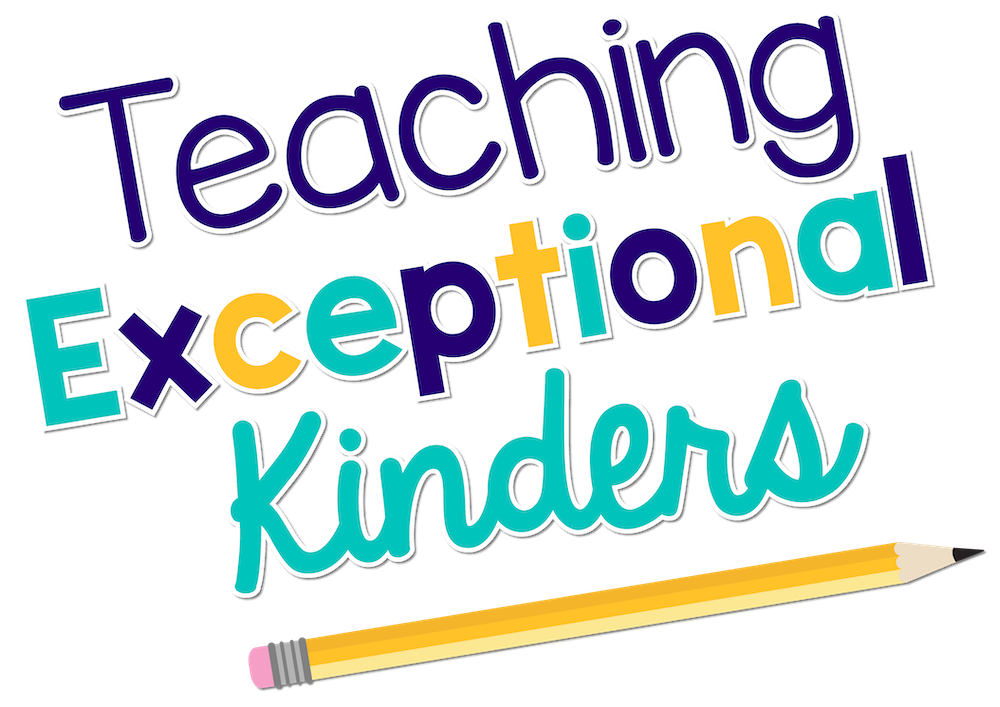3 Reasons to Use Sound Walls in the Classroom
Have you been holding out on adding sound walls to your classroom? Does it feel like just one more thing to teach to your students and work into your school day? I hear you! I was intrigued when I first heard about sound walls, but I genuinely could not see how I could fit one more thing into phonics instruction for my half-day kindergarten program. With encouragement from my principal, I found a way to make it work. I’m sure glad I did because the results were impressive! In this post, I want to share several benefits that I noticed from using sound walls in the classroom.
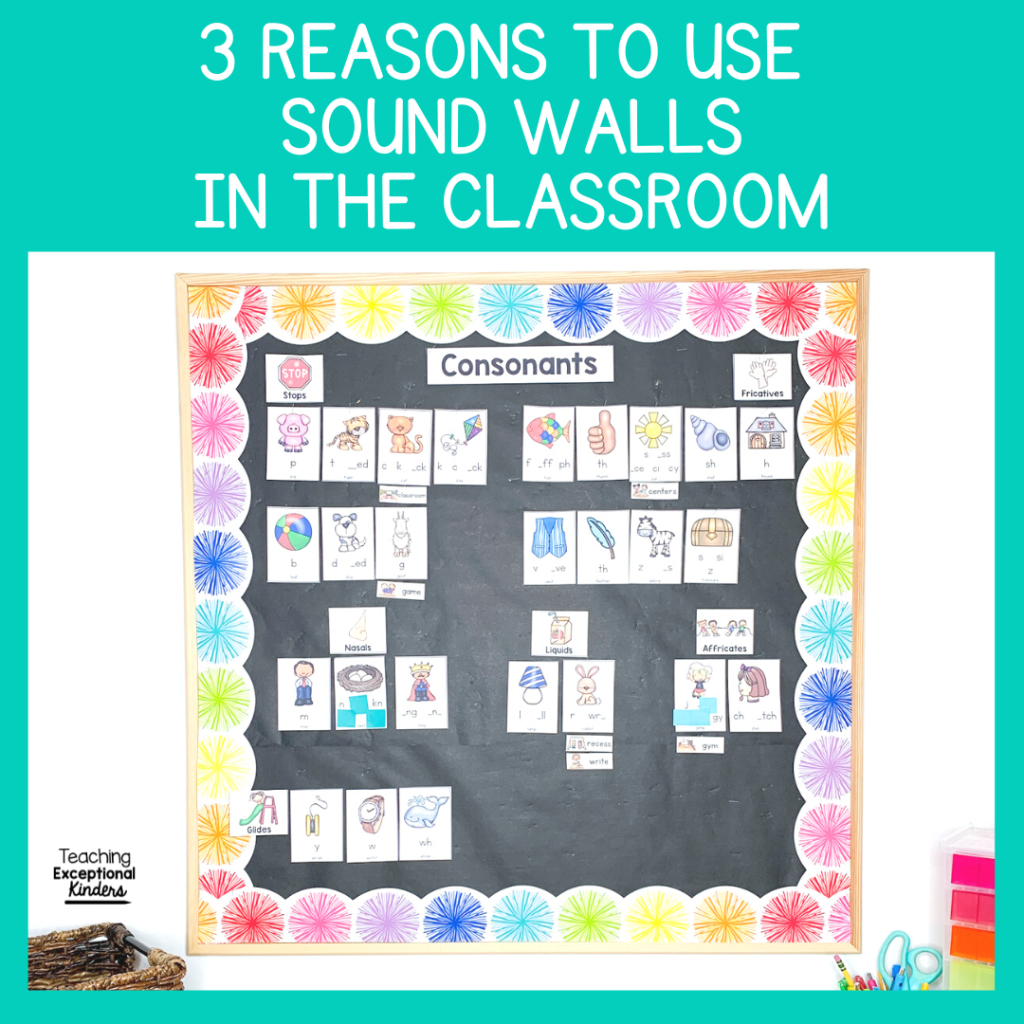
What Is a Sound Wall?
A sound wall is rooted in the research of the Science of Reading. It is a way to organize and display phonemes for students to access as a resource, particularly for writing and spelling. It is reminiscent of a traditional “word wall,” where teachers display high frequency words and phonics patterns for students to reference. The difference is that a sound wall focuses on individual phonemes, rather than the alphabetical order of a word wall.
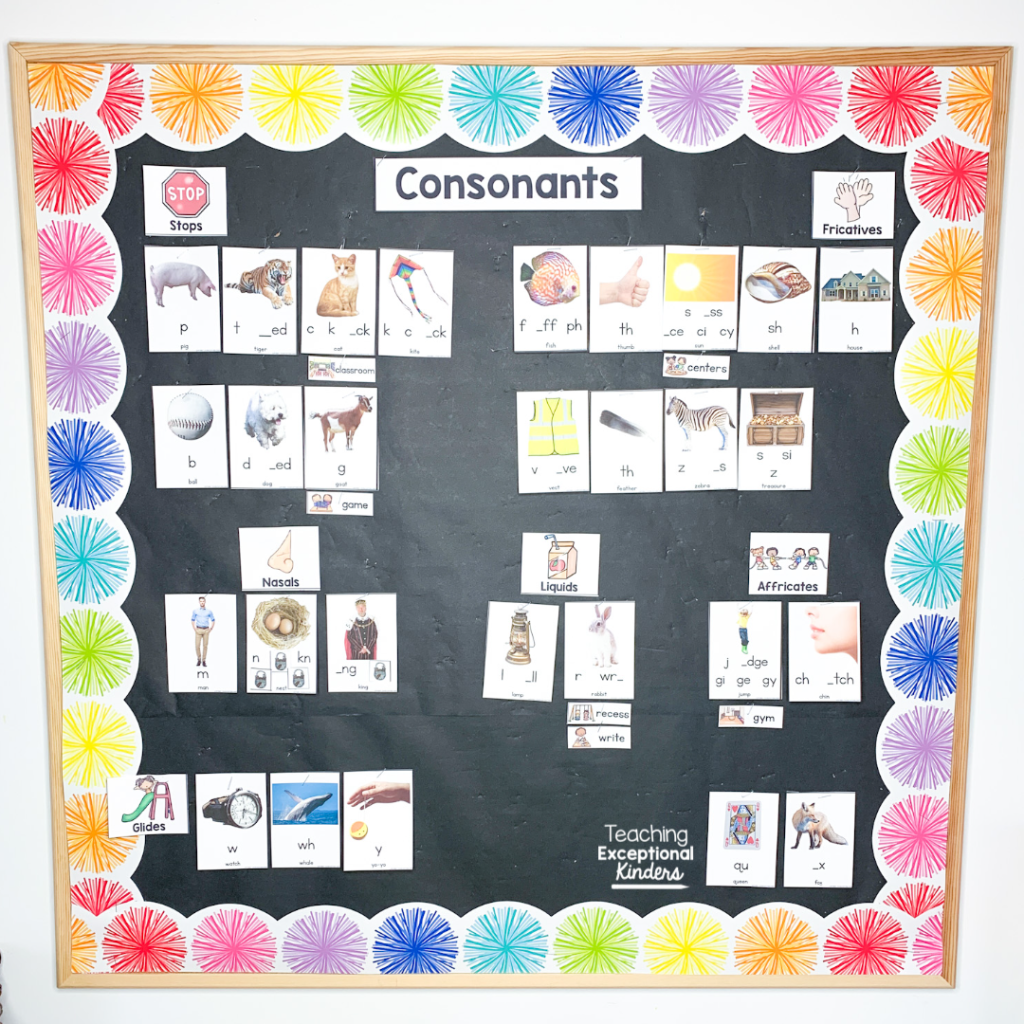
A sound wall doesn’t always replace a word wall. In fact, some teachers choose (or are even required) to keep their high frequency word walls or seasonal vocabulary word banks while also setting up sound walls in their classrooms.
3 Reasons to Use Sound Walls in the Classroom
There are many ways that your students can benefit from learning how to navigate a sound wall. I wanted to share three of the biggest reasons why you might want to consider making the switch in your own classroom!
1. Sound Walls Match the Natural Learning Progression
As young students learn to read, they are matching speech sounds to printed letters. Sounds come first since our brains have been programmed to listen and speak as part of our human nature. On the other hand, reading has to be explicitly taught. This concept is at the heart of the Science of Reading.
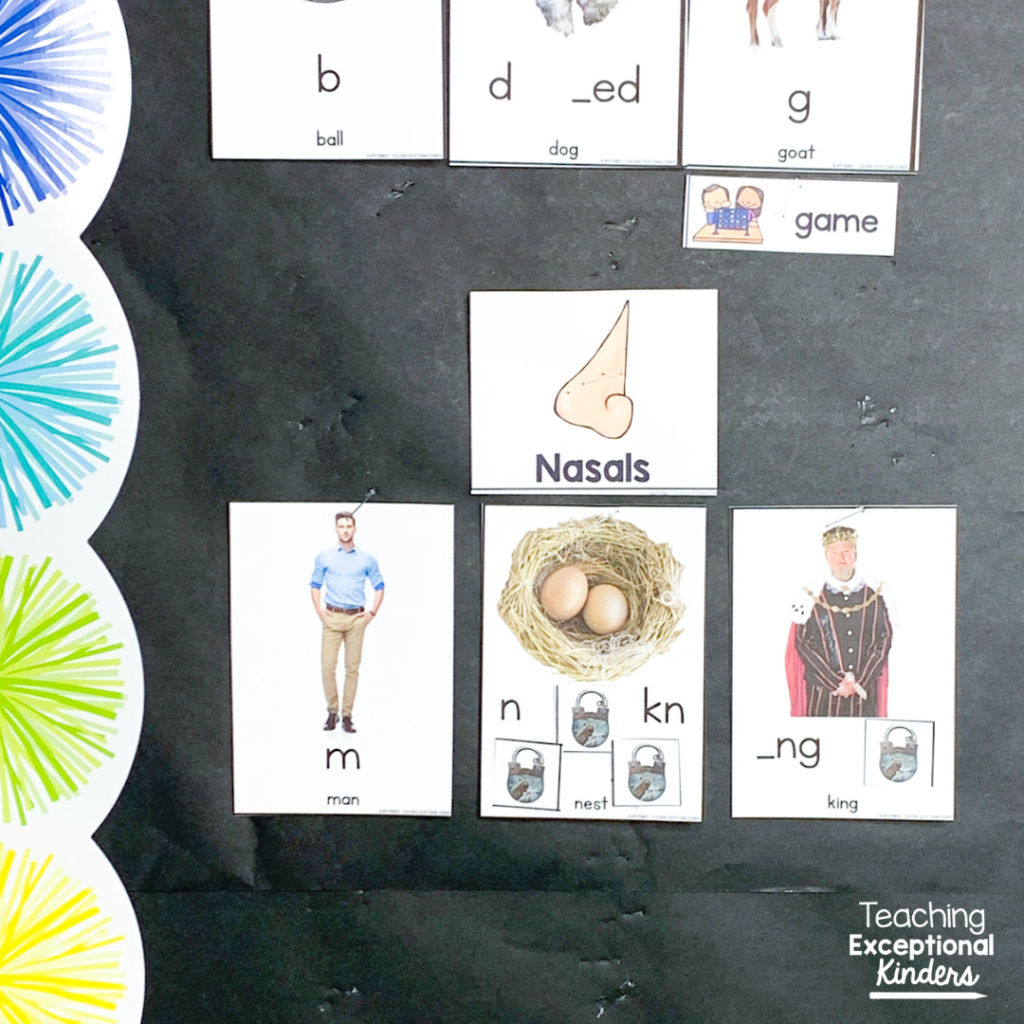
A sound wall matches this natural learning progression of literacy. Sound walls display individual phonemes and then list the different ways that the phoneme can be represented in print. This mirrors the experience of learning phonics. Students hear individual sounds and then learn the different ways to represent those sounds with letters.
2. Sound Walls Can Help Earlier
Since sound walls match the natural progression for learning phonics, they are actually helpful earlier on in the school year. This helps students build a strong literacy foundation early on!
Traditional word walls require students to master alphabetic principles as well as spelling patterns before students can use this resource effectively. Since the words are sorted by first letter, students need to understand that they can find a certain sound under many different letters. For example, students might look for “phone” under “F” because they haven’t learned the ph- spelling pattern. It’s like sending them on a treasure hunt with a partial map!
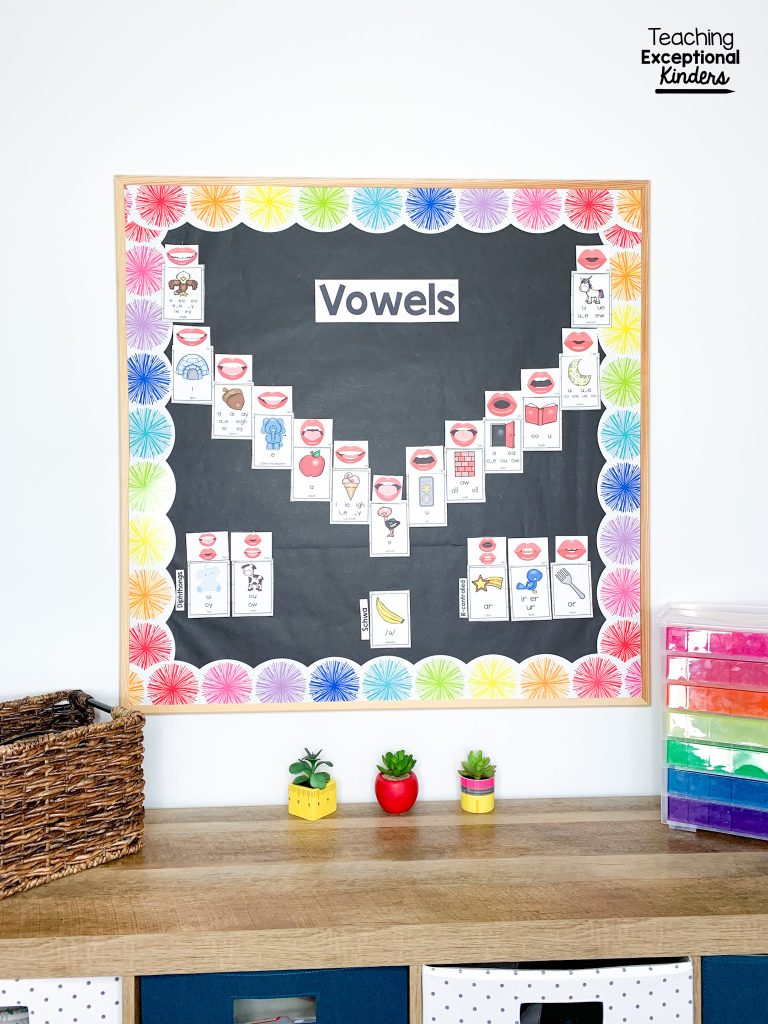
Compare that to sound walls, where students don't need to know all of the different spelling patterns in order to find what they are looking for. Instead, students can use the sound wall to see the different spelling options for a particular phoneme. This means that a sound wall can benefit students much earlier in the year than a word wall!
3. Sound Walls Build Independence
Sound walls are a great way to help students become more independent and confident in their own phonics skills, particularly in writing! Students can use visual cues, like sound wall labels, to grow more independent in finding the information they need on the sound wall. Students also have everything they need in order to locate a phoneme on the sound wall. They can make the sound and feel what their mouth and voice are doing in order to make the sound. Then, students can compare that to the visual supports on the sound wall.
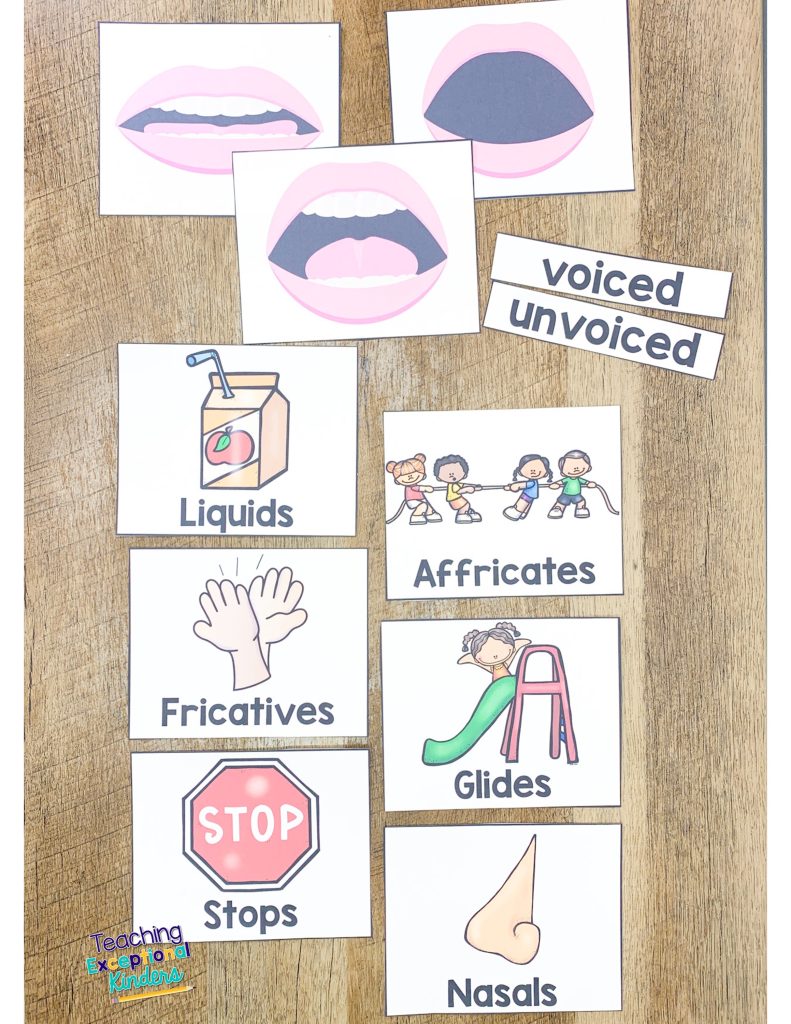
Now think about the experience mentioned above to that of a student who is trying to find the word “gym” on a word wall. They will look under “J” and will quickly get frustrated when they can’t find what they’re looking for. When students can only rely on the spelling patterns that they have learned (and can remember), it is definitely more difficult for them to navigate this resource independently.
How to Set Up Sound Walls in the Classroom
Making the switch from a word wall to a sound wall doesn’t have to be overwhelming! In fact, I have created a mini-course that takes you through all of the steps to creating successful sound walls in the classroom. As a teacher who was hesitant to try “just one more thing” in half-day kindergarten, I know how precious time can be! That’s why I wanted to create a resource to help you make the most of your time as you make the switch to a sound wall.
You might also like this video with more tips about how sound walls can transform literacy instruction in your classroom. If you like to watch videos with teaching tips, be sure to subscribe to my YouTube channel!
Sound Wall Printables
I have created a set of printables with everything you need to set up effective sound walls in the classroom. This bundle has everything you need to create a Vowel Valley and a consonant sound wall in your classroom. You’ll find everything from mouth articulation pictures, phoneme cards, to portable sound walls for student writing folders! If you want your classroom to be more aligned with the Science of Reading, you’ll definitely want to start with a sound wall!
You can find this sound wall bundle in the Teaching Exceptional Kinders shop or on TPT.
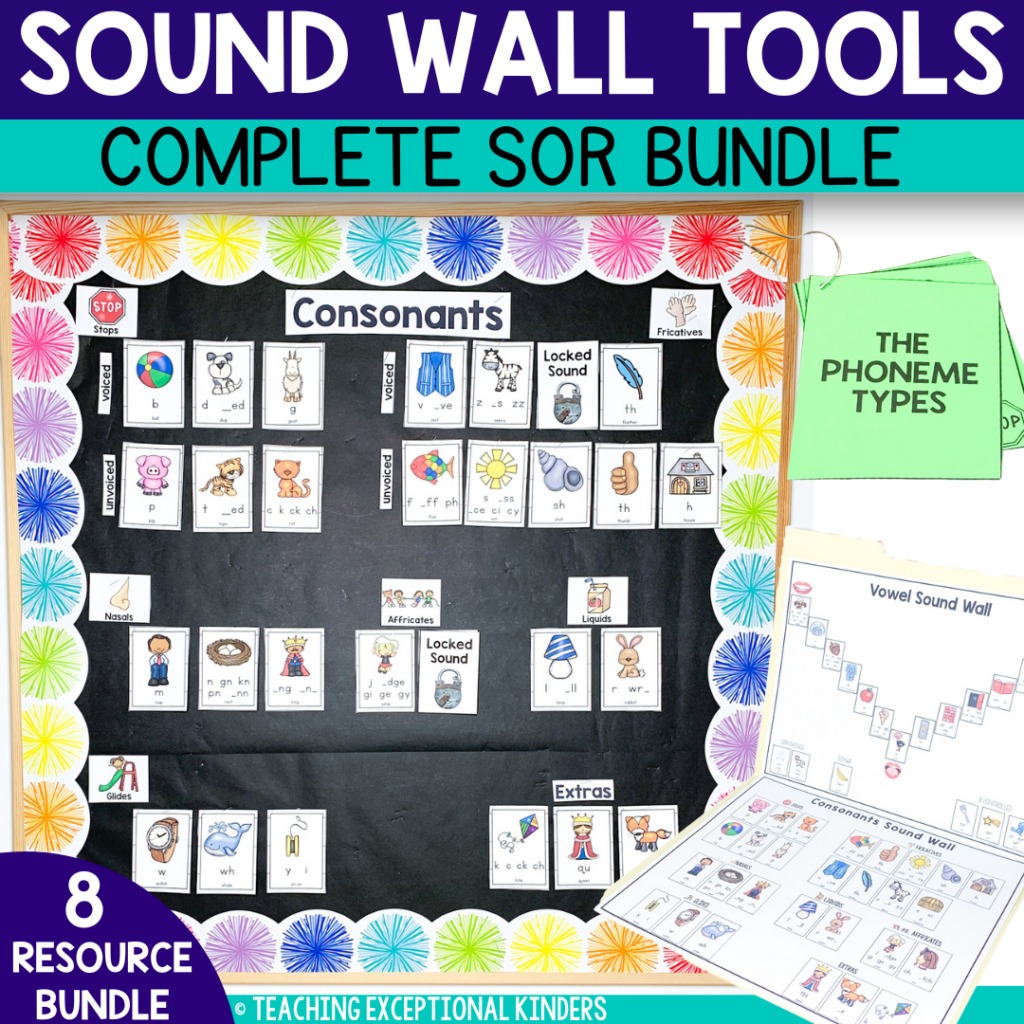
Save These Tips for Using Sound Walls in the Classroom
Be sure to save this post if you’d like to come back to it later! Just add the pin below to your favorite teaching board on Pinterest. You’ll be able to quickly find these tips when you’re ready to make the switch from word walls to sound walls!
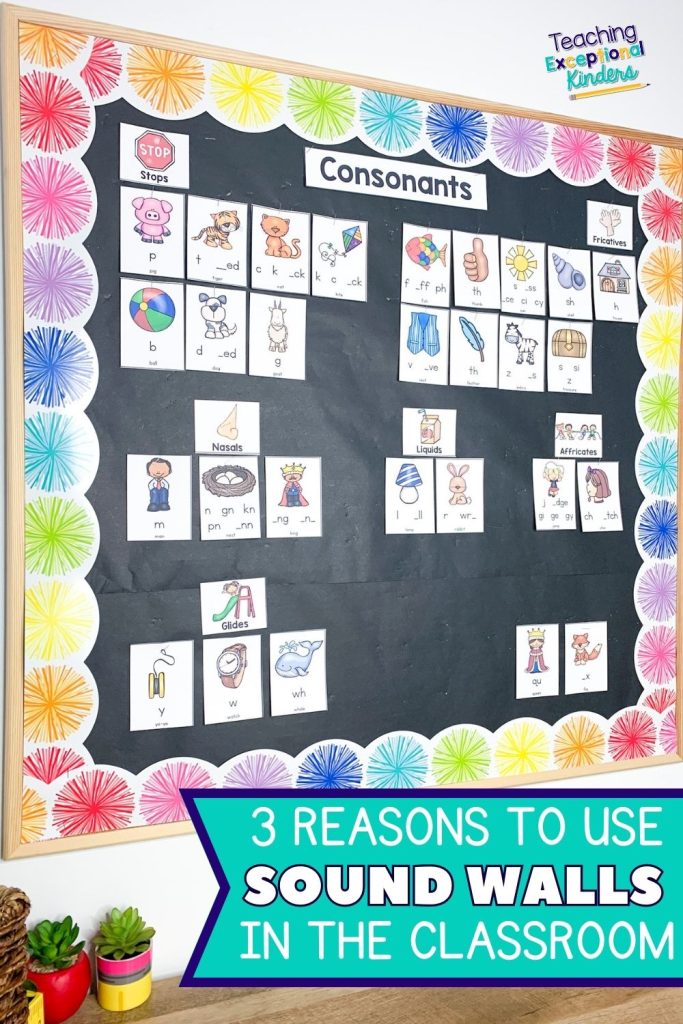
Amy
SITE DESIGN BY LAINE SUTHERLAND DESIGNS

